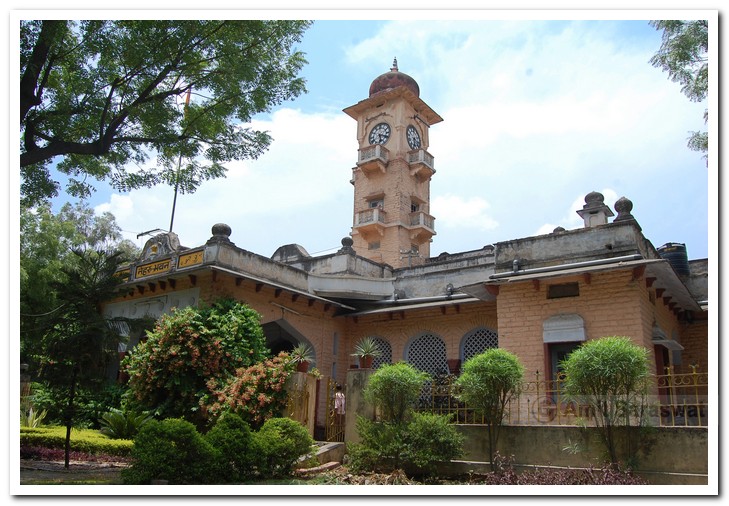History/City Profile
Beawar is a city in Rajasthan, India. Beawar was the financial capital of Merwara state of Rajputana. As of 2011, the population of Beawar is 342,935. It is located 184 kilometres southwest of the state capital Jaipur, amidst Aravali hills. The city used to be a major center of trade, especially in raw cotton, and used to have cotton presses and the Krishna cotton mills. Currently, major industries include mineral-based units, machine-based units, machine tools and accessories, pre-stressed concrete pipes, plastic products, textiles, wooden furniture and asbestos cement pipes. Beawar is the largest producer of cement in northern India and home to Shree Cement. It lies in mineral-rich region having reserves of feldspar, quartz, asbestos, soapstone, magnesite, calcite, limestone, mica, emerald, granite, and masonry stone. Reserves of barytes, fluorite, wollastonite and vermiculite have also been found. Nearest airports are Jodhpur (145 km) and Jaipur (190 km). It is also connected by RSRTC operated buses to all parts of Rajasthan, and neighboring Delhi NCR, Ahmedabad (Gujarat), Gwalior (Madhya Pradesh). It also had railway connectivity with Delhi, Mumbai, Ahmadabad, Bangalore (bi-weekly), Haridwar, Dehradun (weekly), Bareilly and Kolkatta.
History
Beawar was founded by Colonel Charles George Dixon (1795-1857) in 1836. Beawar was part of British India, and the administrative headquarters of Merwara district. Since the ancient days, the region where Beawar lies is called Magra-Merwaran, and it was named after a local village called Beawar Khas by the British. This region was ruled by fierce tribes such as the kathat (chouhan Rajput, the descendents of prathviraj chouhan)and Rawat Rajputs (also offshoot of the same family as the Kathats but still following their ancestral religion Hindusim), British tried to subdue them but were unsuccessful because the tribes were scattered across many small villages and they were excellent in conducting guerrilla warfare. The Battle of Shyamgarh was fought between the Kathats and British. The British won and Kathats abandoned the fort of Shyamgarh,but employed guerilla tactics causing great loss to the British. So British founded a military cantonment with fortified walls for protection and further military missions. Another factor involved in building the cantonment here was Beawar's location at the strategic tri-junction of the royal states of Jaipur, Jodhpur, and Udaipur.
To keep the menace of Kathats and Rawat-Rajputs at bay, British raised a battalion, enrolling Kathats and Rawat-Rajputs (designating them as a Martial Race), and named it Magra-Merwara battalion. They used this battalion for further military missions which proved quite efficient. According to a legend, British posted a sign saying "be aware" as a warning to the British caravans and officers leaving the cantonment or crossing the cantonment. Slowly with time the local people came to think of it as the name of the cantonment and so the cantonment began to be called Beawar. It is a subdivisional headquarters.
It is the birthplace of famous classical mathematician Duncan Sommerville.

